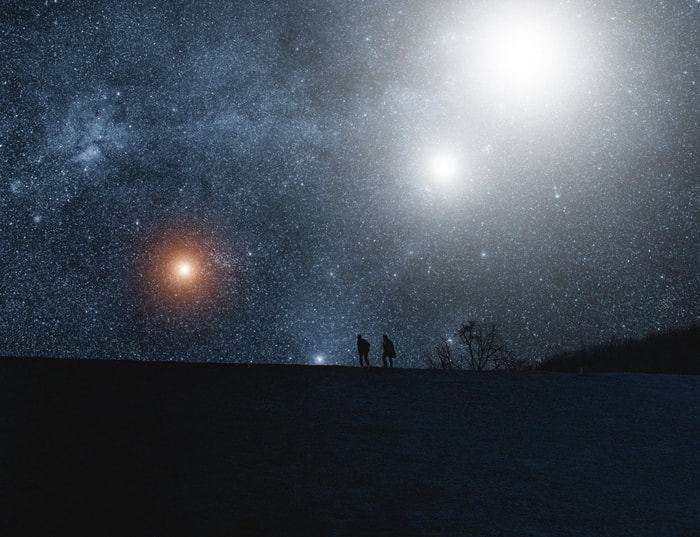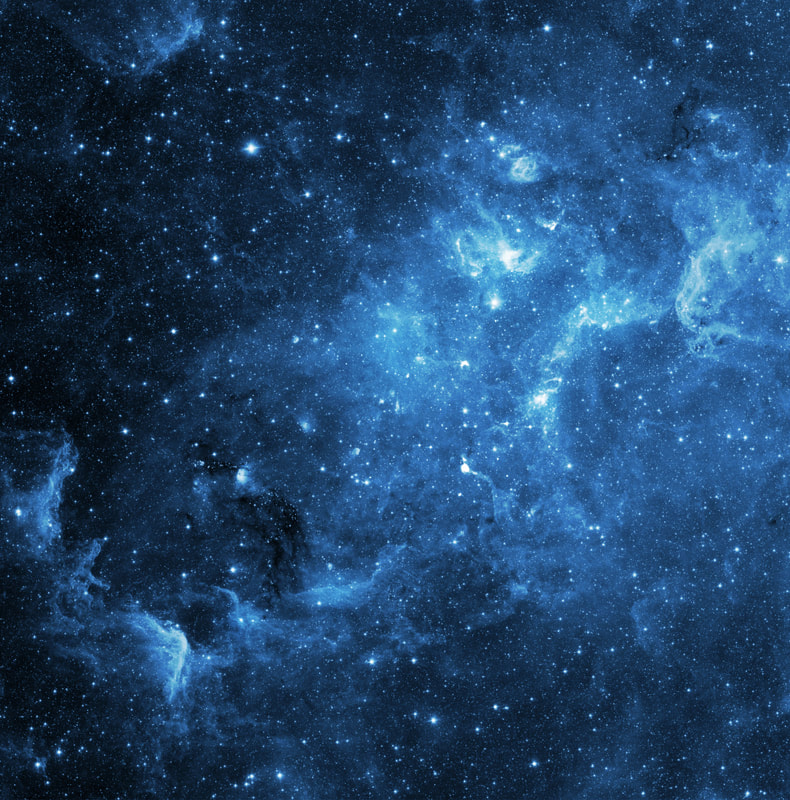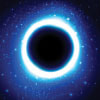The Stars
What is a star
Stars are, in simple terms, large spheres of burning gas. Stars range in size, temperature and mass, with some of the smallest recorded being 450 times smaller than the Sun, and some of the largest over 1000 times larger than our Sun. Temperatures typically range from 3,000 degrees C to over 50,000 degrees C.
Stars can also be different colors, depending on their stage in their life cycle and their temperature. The coolest stars show up as red, while the hottest stars show up blue. The Sun is not all that hot in comparison with other stars, at just 5,500 degrees C. That is why it shows up yellow.
There are billions of stars in the Milky Way galaxy, including our Sun. There are billions of galaxies within the universe, which means there are huge numbers of stars in existence. Many other stars, just like our Sun, have planets that orbit them.
What is a star
Stars are, in simple terms, large spheres of burning gas. Stars range in size, temperature and mass, with some of the smallest recorded being 450 times smaller than the Sun, and some of the largest over 1000 times larger than our Sun. Temperatures typically range from 3,000 degrees C to over 50,000 degrees C.
Stars can also be different colors, depending on their stage in their life cycle and their temperature. The coolest stars show up as red, while the hottest stars show up blue. The Sun is not all that hot in comparison with other stars, at just 5,500 degrees C. That is why it shows up yellow.
There are billions of stars in the Milky Way galaxy, including our Sun. There are billions of galaxies within the universe, which means there are huge numbers of stars in existence. Many other stars, just like our Sun, have planets that orbit them.
Stars as creators
We, as humans, are primarily made up of nitrogen, carbon and oxygen atoms. This is also true for every other animal, and for most of the matter on this Earth. You might be surprised to know what Chris Impey, the professor of astronomy, University of Arizona, has to say about the link between stars and life on Earth.
“All organic matter containing carbon was produced originally in stars,” the professor said. “The universe was originally hydrogen and helium, the carbon was made subsequently, over billions of years.”
Scientists think that all the elements that make up our bodies, and all matter on Earth, was created by stars over four billions years ago.
We, as humans, are primarily made up of nitrogen, carbon and oxygen atoms. This is also true for every other animal, and for most of the matter on this Earth. You might be surprised to know what Chris Impey, the professor of astronomy, University of Arizona, has to say about the link between stars and life on Earth.
“All organic matter containing carbon was produced originally in stars,” the professor said. “The universe was originally hydrogen and helium, the carbon was made subsequently, over billions of years.”
Scientists think that all the elements that make up our bodies, and all matter on Earth, was created by stars over four billions years ago.
But how did this happen?
When a star has run out of hydrogen, a violent explosion called the nova sometimes follows. The explosion of a massive star is called a supernova, and this throws clouds of gas and dust into space. This material disperses through space.
In Cosmic Collisions, Springer contends that the stars from billions of years ago, along with supernova explosions, has created hydrogen, helium, oxygen and all the other heavy elements of the universe. Impey confirms that “stars make heavy elements” and that “late in their lives, they eject gas into the medium between stars, so it can be part of subsequent stars, planets and people.”
In conclusion, all life on Earth, including the atoms inside our bodies, was created by ancient stars, which are now long dead.
There was a popular television series on PBS in the 1980s, called Cosmos. It was hosted and narrated by astronomer Carl Sagan, who famously stated, “We are a way for the universe to know itself. Some part of our being knows this is where we came from. We long to return. And we can, because the cosmos is also within us. We’re made of star stuff.”
When a star has run out of hydrogen, a violent explosion called the nova sometimes follows. The explosion of a massive star is called a supernova, and this throws clouds of gas and dust into space. This material disperses through space.
In Cosmic Collisions, Springer contends that the stars from billions of years ago, along with supernova explosions, has created hydrogen, helium, oxygen and all the other heavy elements of the universe. Impey confirms that “stars make heavy elements” and that “late in their lives, they eject gas into the medium between stars, so it can be part of subsequent stars, planets and people.”
In conclusion, all life on Earth, including the atoms inside our bodies, was created by ancient stars, which are now long dead.
There was a popular television series on PBS in the 1980s, called Cosmos. It was hosted and narrated by astronomer Carl Sagan, who famously stated, “We are a way for the universe to know itself. Some part of our being knows this is where we came from. We long to return. And we can, because the cosmos is also within us. We’re made of star stuff.”
Star formation’ refers to the process through which stars go through to come into existence. In this section we’ll go through how star formation happens for both small and massive stars.
Small stars
Stars are classified as small when their mass is up to 1.5 times of that of our Sun. This shows that our Sun is a small star.
A star is born in a nebula, which is a cloud of dust and gas in outer space. In a high density nebula, a large portion of dust and gas can condense into a globe form, and begin to contract in on itself under the force of gravity. This is the first stage in the formation of a star.
Next, this condensing matter, which is getting more and more contracted and concentrated, will start to heat up. With the high temperatures, it begins to glow. At this point it is called a protostar. Protostars vary in temperature, often depending on the size and amount of matter contained, but they can reach up to 15 million degrees C.
When the protostar reaches these high temperatures, it goes through various nuclear reactions. In these reactions, hydrogen goes through a fusion process and begins to form helium.Following this, the star stops contracting and starts releasing energy instead. This is the point at which it begins to shine, and would be recognized as a regular star, which is known by the scientific community as a main sequence star.
<<<<<<<Astronomy
Small stars
Stars are classified as small when their mass is up to 1.5 times of that of our Sun. This shows that our Sun is a small star.
A star is born in a nebula, which is a cloud of dust and gas in outer space. In a high density nebula, a large portion of dust and gas can condense into a globe form, and begin to contract in on itself under the force of gravity. This is the first stage in the formation of a star.
Next, this condensing matter, which is getting more and more contracted and concentrated, will start to heat up. With the high temperatures, it begins to glow. At this point it is called a protostar. Protostars vary in temperature, often depending on the size and amount of matter contained, but they can reach up to 15 million degrees C.
When the protostar reaches these high temperatures, it goes through various nuclear reactions. In these reactions, hydrogen goes through a fusion process and begins to form helium.Following this, the star stops contracting and starts releasing energy instead. This is the point at which it begins to shine, and would be recognized as a regular star, which is known by the scientific community as a main sequence star.
<<<<<<<Astronomy




